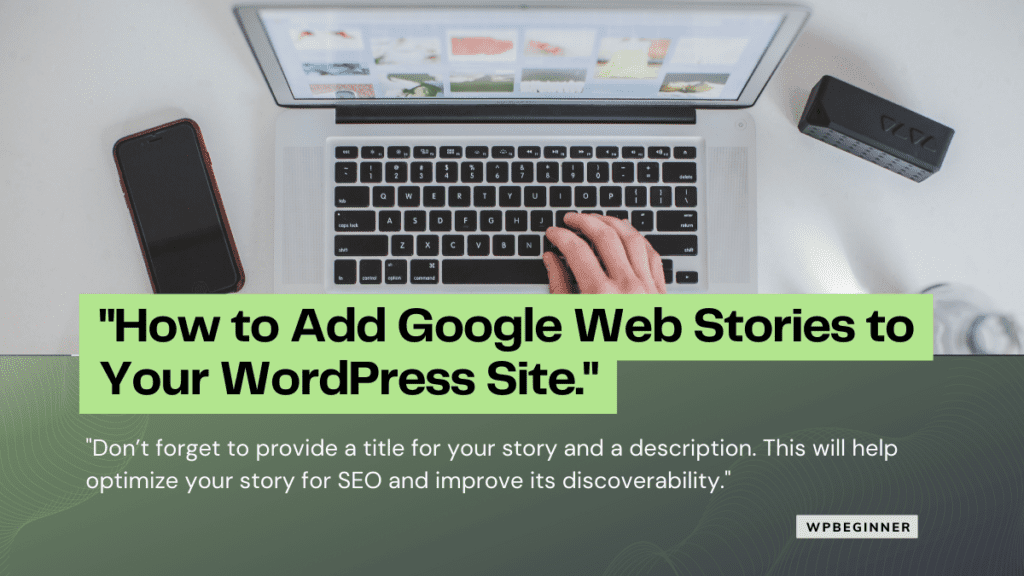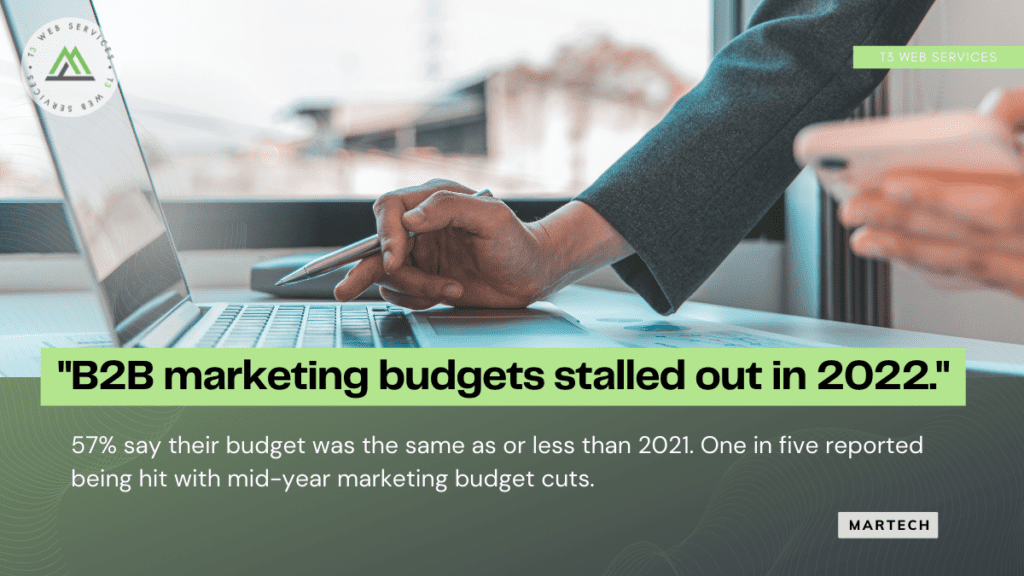If you want to improve your SEO strategy, it’s important to understand search intent. What is search intent? It’s the reason why someone is conducting a search. What are they looking for? By understanding this, you can tailor your content and website features to match what people are looking for in their search results. In this blog post, we will discuss how to identify search intent and apply it to your marketing efforts!
One way to determine search intent is by analyzing current search engine results pages (SERPs) for similar keywords in different locations. Look for elements like a map, state or city-specific pages, and consistent titles and URLs. This can help you make an informed decision about the intent behind a particular search term.
Another tactic is to consider the type of search query. Is it informational, navigational, or transactional? Understanding this can help you prioritize the content and features on your website to provide a better user experience.
By taking search intent into account, you can optimize your digital marketing efforts and improve your chances of appearing in relevant search results. It’s just one aspect of a successful SEO strategy, but it can make a big difference in driving traffic to your website and converting leads.
Microsoft Launches Import Tool For Google Ads Performance Max


Microsoft Advertising is rolling out a solution within its Google Import tool that allows advertisers to duplicate their Google Ads Performance Max campaigns.
Microsoft is launching the import capability for Performance Max campaigns that use a Merchant Center. Microsoft will import the campaigns as Smart Shopping Campaigns and Local Inventory Ads.
To ensure the smoothest experience importing Google Ads Performance Max campaigns as Microsoft Advertising Shopping campaigns, Microsoft recommends using the following checklist:
- Complete setting up a Merchant Center store within Microsoft.
- Set a realistic target return on ad spend (ROAS) goal.
- Make sure that Universal Event Tracking (UET)and conversion tracking are accurately set up.
- If targeting multiple countries, ensure there’s a feed for each market used by the campaigns (country/region of sale setting).
- Activate any paused campaigns that were intentionally imported.
- Check feed rejections and promptly remedy formatting issues with the feed and product rejections.

Earning Trust: A Method for More Sales


For each type, you’ll need to create high-quality content if you want to stand out from the crowd and build lasting trust.
#1: Corroboration
Corroboration means finding people who’ll agree with your marketing claims. If you claim to have the best products, lowest prices, or most innovative features, they’ll agree with you!
#2: Documentation
Documentation is our second type of proof in content marketing.
Think of it like this: corroboration is where you get a third party—an expert or witness—to confirm your marketing claims. Documentation is about offering primary sources of evidence. Prospects can see the proof and assess its value for themselves.
#3: Education
Education is the third and final type of proof in your content marketing strategy.
- Corroboration was about getting third-party evidence of your claims.
- Documentation was about providing your own evidence.
- Education is about helping your audience to find proof for themselves by experiencing your brand and the expertise you have to share.
The goal of educational proof is to let people experience your claims for themselves. There are two ways you can do this: by providing valuable information for your customers and coaching them through challenging tasks or situations.

https://www.socialmediaexaminer.com/earning-trust-a-method-for-more-sales/
Video Grows in Importance But Doesn’t Reach Full Potential [New Research]


Video is a critical piece of many successful content marketing strategies, but is it being used to its full potential?
Only 12% of content marketers say their organization uses existing videos to their full potential. Nearly a quarter (22%) say they have a long way to go before they can do that.
Video importance increases
Seventy-three percent of marketers say video has become more important to their business in the last year. Twenty-seven percent say its importance is about the same. No one says video has decreased in importance.


https://contentmarketinginstitute.com/articles/video-storytelling-research
5 Top Enterprise Local SEO Challenges & How To Solve Them


1. Knowing When To Prioritize Local vs. National SEO
One of the biggest challenges enterprises face is knowing when to focus on a “local” SEO strategy instead of a “national” SEO strategy and vice versa.
This is understandable as it’s not always immediately apparent if your priorities are better served by one or the other. It can be challenging to tell if your target top keywords have local intent.
But, it’s vital to success with your overall strategy because it will significantly impact how well your initiatives serve your business goals.
Understanding which terms Google regards as local can help you develop your keyword strategy and determine how to approach and support your SEO investment.
2. Having A Single Source Of Truth For Location Data
With the advent of local listings management companies such as Yext and Uberall, this is no longer a problem.
However, we still run into multi-location businesses that don’t have a “single source of truth” for all of their location information.
If you don’t have this yet, put it in place.

https://www.searchenginejournal.com/local-seo-challenges-enterprise/460554/
How to Add Google Web Stories to Your WordPress Site


First, you need to install and activate the Web Stories plugin.
Web Stories is a free plugin developed and maintained by Google. It aims to popularize the web stories format and bring it to self-hosted, independent websites.
Upon plugin activation, head over to the Stories » Dashboard page to create your first story.
You can get started by selecting one of the templates as a starting point for your story or clicking on the ‘Create New Story’ button to start from scratch.
We recommend starting with a template as it gives you a good head start and is much easier for beginners.
Once you choose a template, the plugin will launch the story builder interface. It is similar to the popular drag-and-drop page builder plugins for WordPress.
You can simply point and click on any element to edit it, or add new elements from the left column.
You can add audio, video, images, text, headings, stickers, emojis, and more.

https://www.wpbeginner.com/plugins/how-to-add-google-web-stories-to-your-wordpress-site/
5 Ways To Balance SEO and Content Synergy in 2023


1. Balance keyword research with understanding consumer intent
Do not miss out on understanding intent. Keyword intent falls into the following categories:
- Awareness: informational and navigation; non-commercial and non-transactional; What is XYZ?
- Research and discovery: oriented on a call to action or implied conversion; XYZ v. ABC
- Purchase: explicit intent to complete a conversion action; transactional; buy XYZ
2. Balance data-driven insights with content creation and creative
Your approach must:
- Put in place systems, tools, and personnel – content cultures – to assess data, take appropriate action, and inform content all year.
- Focus on upskilling staff members or outsource to bolster your team with data-driven creatives.
- Document effective workflows and processes to make your efforts repeatable and scalable.
3. Balance content creation and search optimization and the SERPs
It’s not simple to persuade Google that your material is the best response to a pertinent inquiry. This is especially true in its modern era of helpful content.
Start by making sure you adhere to Google’s rules. You also need to pay attention to the numerous alternative results – videos, images, people also ask, quick answers, local three packs, etc. – in addition to the standard blue link listing to rank highly on search engine results pages.

https://contentmarketinginstitute.com/articles/balance-seo-content-synergy
B2B marketing budgets stalled out in 2022


Very little growth in B2B marketing budgets this year, with 57% of marketers saying their budget was the same as or less than 2021, according to a new report. One in five reported being hit with mid-year marketing budget cuts.

Only 12% reported a significantly bigger budget, according to the 2022 State of B2B Marketing Budgets report. Marketers are optimists, which explains why 75% say their budget will stay the same or grow in 2023.

https://martech.org/b2b-marketing-budgets-stalled-out-in-2022/


Leave a Reply